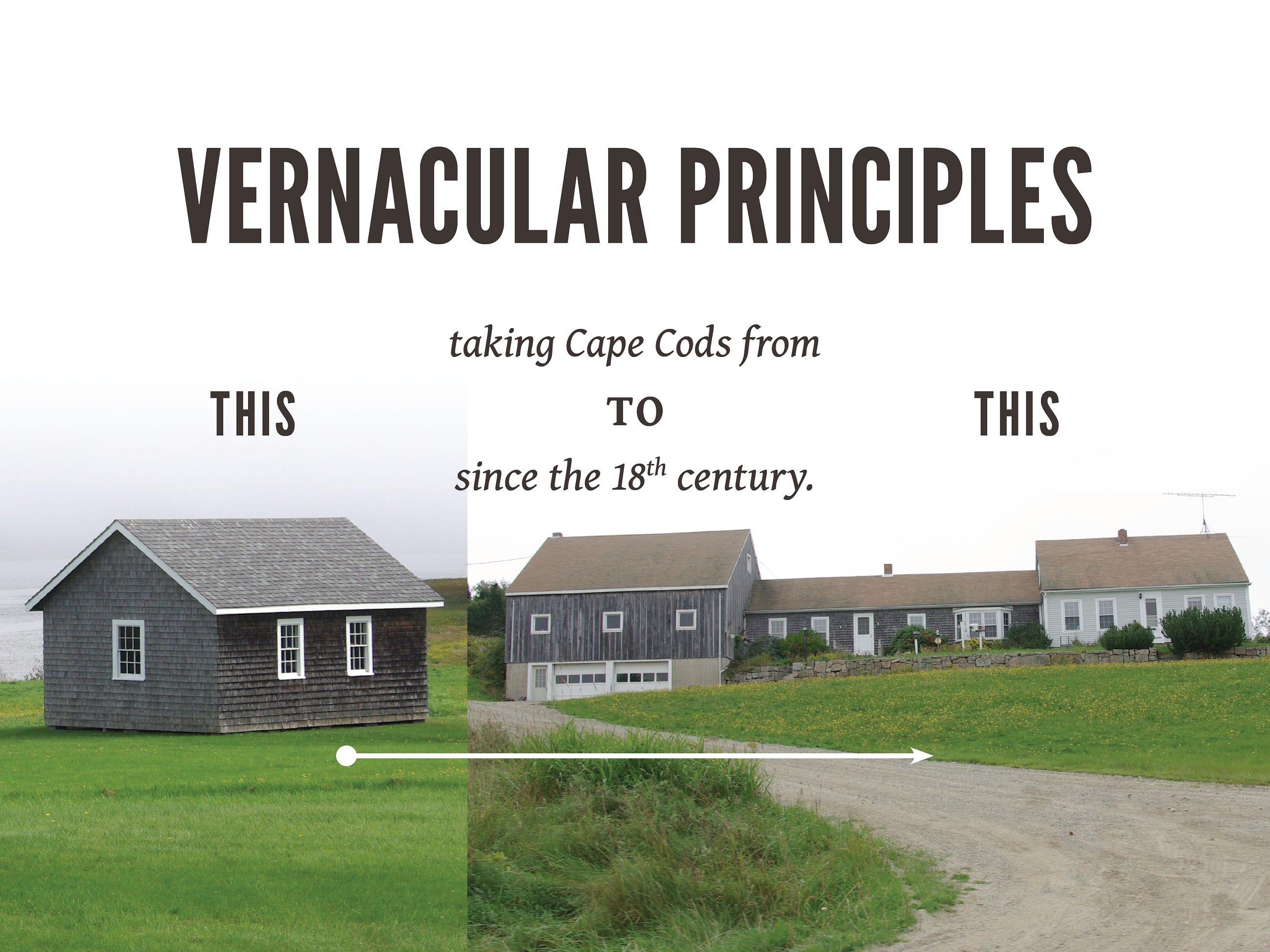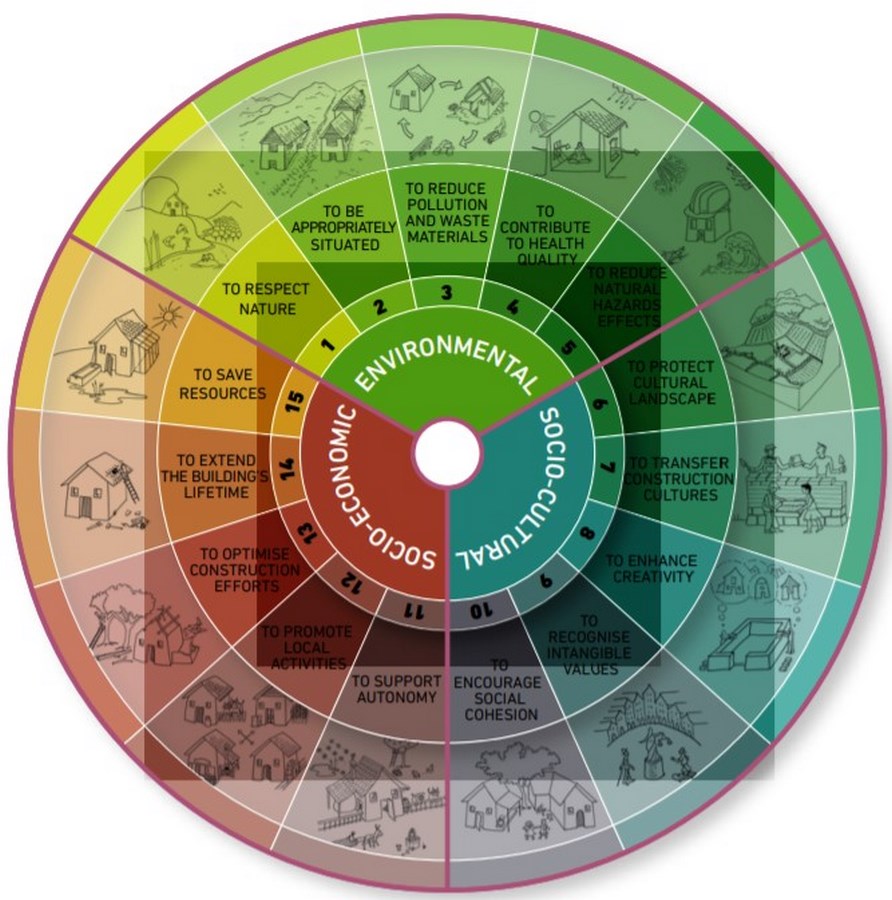How Does Architecture Respond To The Principles Of Vernacular Design?

Architects are immersed not only in building structures, but also in the human environment. Vernacular architecture is an area of study that has been around for decades, yet it is often overlooked. In this article, we provide you with a comprehensive guide about vernacular architecture, including ten key tips for architects who are interested in this fascinating field.
What is Vernacular Architecture?
Vernacular architecture is a study of local architectural designs that are born out of the fusion of cultural, environmental and local influences. Unlike architectural movements like modernism or post-modernism that are global in nature, vernacular architecture is based on the local culture and traditions that are specific to the region. Vernacular architecture is designed to meet the social, economic and environmental needs of the local community, and it is a testament to the unique identity of a particular location.
Tips For Architects Interested in Vernacular Architecture
1. Study Local Culture and Traditions
To become an expert in the field of vernacular architecture, it is crucial to have a deep understanding of the local culture and traditions. This will enable you to incorporate and adapt elements of the design to meet the specific needs of the local community.
2. Analyze Environment and Climate
Understanding the environmental factors such as temperature, humidity, light and the geographical location of the area is essential in creating vernacular architecture. The design should be able to adapt to the environment while still paying attention to the aesthetic aspects.
3. Respect the Materials
Vernacular architecture is inherently sustainable because it is constructed from locally available materials that are readily accessible to the community. It is important to respect and understand the properties of the materials to ensure that they are used effectively, in a way that best suits the environment.
4. Embrace Local Techniques and Skills
In vernacular architecture, the builders are often the locals themselves who have immersive knowledge of the local environment and the materials that are available. It is, therefore, important for architects to embrace the local techniques and skills that have been passed down from generation to generation.
5. Understand the Community’s Social Needs
Vernacular architecture is designed to meet the social needs of the community. Understanding the social structures of the local population is important in designing spaces that have a positive impact on the community.
6. Learn From the Vernacular Architecture of Other Regions
Every region has its unique vernacular architecture, and it is essential to learn from the vernacular architecture of other regions to get inspiration and to incorporate new ideas into local designs.
7. Combine Vernacular Techniques and Modern Designs
While vernacular architecture preserves local culture and traditions, it is important to incorporate modern designs and technologies that enable the structures to withstand the challenges of the 21st century.
8. Consider the Economic Impact
Vernacular architecture can have significant economic benefits to the local community. By using locally available materials and techniques, vernacular architecture can provide employment opportunities to the local community and enhance the local economy.
The Importance of Vernacular Architecture
Vernacular architecture is a celebration of the local culture and traditions and provides a sense of identity to the local community. It is an excellent example of how human beings can live in harmony with nature and create sustainable environments. Vernacular architecture has also been a source of inspiration for architects worldwide and has been instrumental in shaping the modern architecture we know today.
FAQs About Vernacular Architecture
What Is the Importance of Vernacular Architecture?
Vernacular architecture is essential because it is tailored to serve the social, cultural, and economic needs of the local community. It allows us to create environment-friendly structures and preserve local traditions and culture.
What Are the Benefits of Vernacular Architecture?
Vernacular architecture is Eco-friendly because it allows us to use locally available materials that are sustainable, renewable, and biodegradable. It provides employment opportunities to the local community and takes into consideration the unique geographical and environmental factors of a region.
How Does Vernacular Architecture Compare to Modern Architecture?
Vernacular architecture is specific to a particular region as it arises from the cultural, environmental, and social context of that location. It is focused on enhancing the unique identity of a place, whereas modern architecture has a more international perspective. Modern architecture is more concerned with creating aesthetically pleasing and functional structures that often utilize new technologies and materials.
What Are Some Famous Examples of Vernacular Architecture?
There are many famous examples of vernacular architecture around the world. In India, the Jaali work in the architecture of the north-west region, the arched openings in the south-west region, and the curved thatched roofs in the northeast region are examples of vernacular architecture. In Africa, the gabled roofs and mud walls of the Tuareg people, and in the Middle East, the use of wind towers in desert architecture is examples of vernacular architecture.
How Can Architects Ensure That Vernacular Architecture Is Sustainable?
Architects can ensure that vernacular architecture is sustainable by using locally available materials, understanding the properties of the materials, and respecting the local environment. They can also incorporate modern designs and technologies that allow the structures to withstand the challenges of the 21st century.
Is Vernacular Architecture Relevant in Contemporary Times?
Vernacular architecture is highly relevant in contemporary times due to its emphasis on sustainability and preservation of local identity and culture. Architects worldwide continue to draw inspiration from vernacular architecture and incorporate its techniques and styles into contemporary designs.
Conclusion
Vernacular architecture is a fascinating study that has been around for centuries. It is a celebration of the unique culture and traditions of a particular region, and it provides a sustainable solution to modern-day challenges. Architects who are interested in vernacular architecture must have a profound understanding of the local culture, environmental factors, and materials. It is through the preservation of vernacular architecture that future generations can continue to connect with their past while creating sustainable living environments for their future.



Post a Comment for "How Does Architecture Respond To The Principles Of Vernacular Design?"